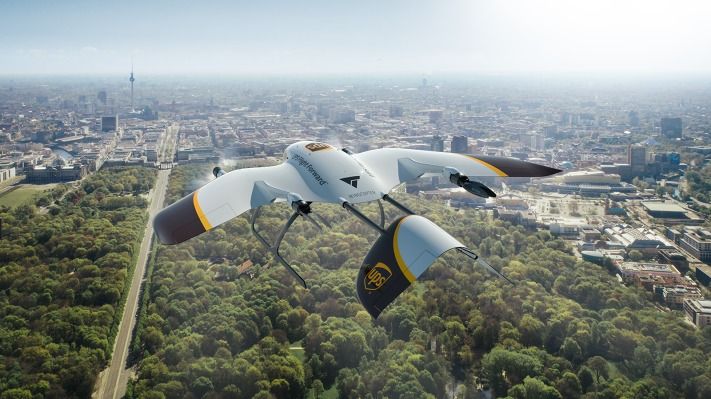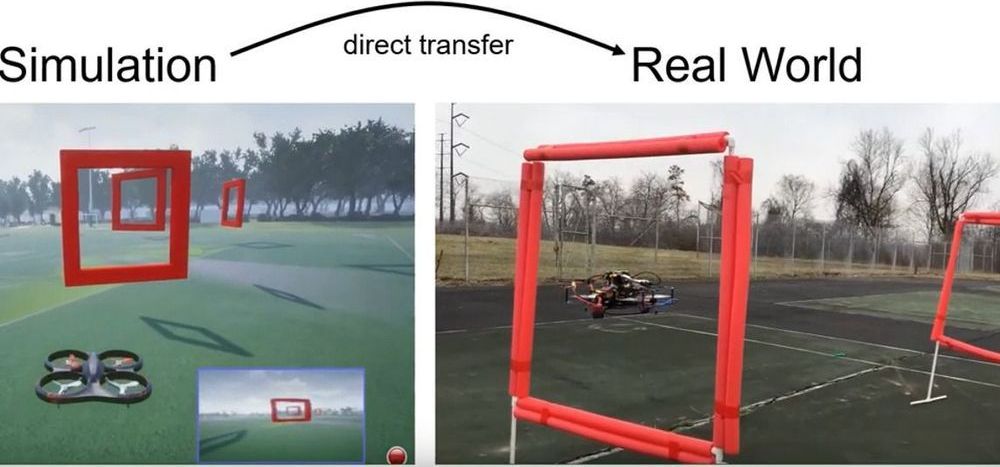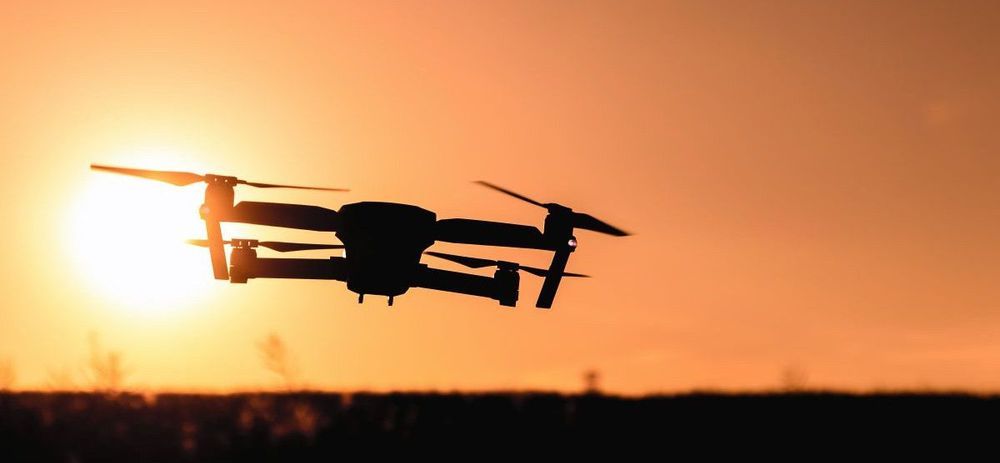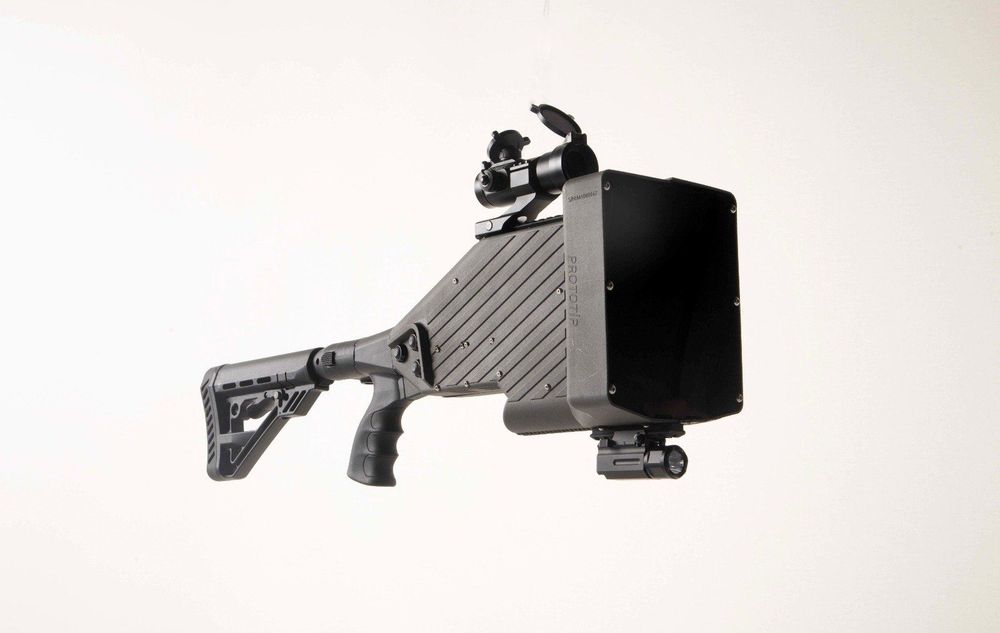Archive for the ‘drones’ category: Page 93
Mar 24, 2020
UPS partners with Wingcopter to develop new multipurpose drone delivery fleet
Posted by Genevieve Klien in categories: biotech/medical, drones, robotics/AI
UPS is working with German startup Wingcopter to develop a new type of delivery drone, to be used for the logistics company’s growing commercial drone delivery efforts both in the U.S. and globally. Wingcopter has already designed an electric vertical takeoff and landing (eVTOL) aircraft that has a range of up to 75 miles and can achieve speeds as high as 150 miles per hour in conditions that include wind speeds of up to 45 miles per hour.
Wingcopter will be working closely with UPS’ Flight Forward subsidiary, the dedicated drone delivery unit that UPS developed last year in July to house its commercial drone delivery program. In October, Flight Forward received Federal Aviation Administration (FAA) approval to effectively operate a full-scale “drone airline” at scale for the purpose of package delivery.
Wingcopter has already demonstrated how its drones could operate in commercial settings, including during a demonstration with Merck earlier this year that saw its autonomous eVTOLs carry small packages between the drug company’s various office locations in Darmstadt in Germany. It also used its aircraft to deliver critical medical supplies and life-saving equipment to hard to reach areas, including through partnerships with UNICEF and other relief organizations.
Mar 24, 2020
Microsoft Research Uses Transfer Learning to Train Real-World Autonomous Drones
Posted by Quinn Sena in categories: drones, robotics/AI
Perception-Action loops are at the core of most our daily life activities. Subconsciously, our brains use sensory inputs to trigger specific motor actions in real time and this becomes a continuous activity that in all sorts of activities from playing sports to watching TV. In the context of artificial intelligence(AI), perception-action loops are the cornerstone of autonomous systems such as self-driving vehicles. While disciplines such as imitation learning or reinforcement learning have certainly made progress in this area, the current generation of autonomous systems are still nowhere near human skill in making those decisions directly from visual data. Recently, AI researchers from Microsoft published a paper proposing a transfer learning method to learn perception-action policies from in a simulated environment and apply the knowledge to fly an autonomous drone.
The challenge of learning which actions to take based on sensory input is not so much related to theory as to practical implementations. In recent years, methods like reinforcement learning and imitation learning have shown tremendous promise in this area but they remain constrained by the need of large amounts of difficult-to-collect labeled real world data. Simulated data, on the other hand, is easy to generate, but generally does not render safe behaviors in diverse real-life scenarios. Being able to learn policies in simulated environments and extrapolate the knowledge to real world environments remains one of the main challenges of autonomous systems. To advance research in this area, the AI community has created many benchmarks for real world autonomous systems. One of the most challenging is known as first person view drone racing.
In first-person view(FPV) done racing, expert pilots are able to plan and control a quadrotor with high agility using a potentially noisy monocular camera feed, without comprising safety. The Microsoft Research team attempted to build an autonomous agent that can control a drone in FPV racing.
Mar 22, 2020
COVID-19 pandemic prompts more robot usage worldwide
Posted by Kelvin Dafiaghor in categories: biotech/medical, drones, robotics/AI

https://youtube.com/watch?v=6hs_sNGIUls
As the COVID-19 pandemic spreads, robots, drones, and AI are helping healthcare organizations respond to worker shortages and the risk of infection.
Mar 21, 2020
Drone plays dodgeball to demo fast new obstacle detection system
Posted by Genevieve Klien in categories: drones, information science
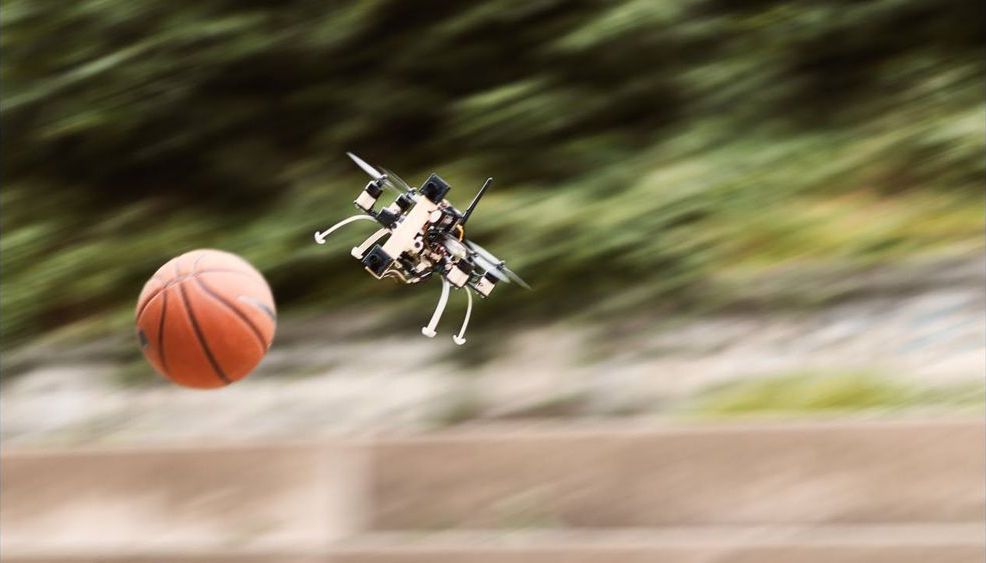
Obstacle avoidance is a crucial piece of technology for drones, but commercially-available systems just aren’t fast enough for some situations. Now, engineers at the University of Zurich have developed a new system that gives drones such fast reflexes that they can play – and win at – dodgeball.
According to the researchers, most current obstacle avoidance systems take about 20 to 40 milliseconds to process changes in their surroundings. That’s fine for a drone gently approaching a building and finding its way inside, but it’s no match for fast-moving obstacles like birds or other drones. That makes navigation a problem in certain situations, like when there are a lot of drones together or in dynamic environments like disaster zones, or when a drone just needs to move fast.
Continue reading “Drone plays dodgeball to demo fast new obstacle detection system” »
Mar 19, 2020
Microsoft researchers train AI in simulation to control a real-world drone
Posted by Quinn Sena in categories: drones, robotics/AI
In a preprint paper, Microsoft researchers describe a machine learning system that reasons out the correct actions to take directly from camera images. It’s trained via simulation and learns to independently navigate environments and conditions in the real world, including unseen situations, which makes it a fit for robots deployed in search and rescue missions. Someday, it could help those robots more quickly identify people in need of help.
“We wanted to push current technology to get closer to a human’s ability to interpret environmental cues, adapt to difficult conditions and operate autonomously,” wrote the researchers in a blog post published this week. “We were interested in exploring the question of what it would take to build autonomous systems that achieve similar performance levels.”
Mar 15, 2020
Local manufacturer unveils lightweight anti-drone gun
Posted by Genevieve Klien in categories: drones, government
Turkey’s first electromagnetic anti-drone systems manufacturer Harp Arge (R&D) on Sunday unveiled its 2.5-kilogram (5.5-pound) anti-drone weapon produced with the latest antenna technology, allowing for reduced size and weight.
The technology firm, which has been working to improve capabilities of national drone systems, introduced its newest product, ES-60 Electromagnetic Anti Drone Gun, designed to inflict high-speed electromagnetic interference to disrupt communications between drones and their control units and cause enemy devices to malfunction.
The Harp Arge said the anti-drone gun has a weight of 2.5 kilograms and is capable of combating rogue drones within a 3-kilometer (1.86-mile) range. The company said the new antenna technology installed enabled the company to reduce the size and weight of the weapon to an impressive extent. The firm added that the jamming weapon is produced using more than 70% of locally sourced content and would only be provided to government agencies as per weapons regulations.
Mar 10, 2020
A Delivery Drone’s Home: Here’s Matternet’s Idea For The Kind Of Docking Station That Could End Up On Your Block
Posted by Genevieve Klien in categories: biotech/medical, drones
If drone delivery companies get to shape city streets to their liking, the curbside array of lamp posts, garbage cans and free magazine distribution boxes will be joined someday by docking stations for their aircraft. Matternet on Tuesday unveiled a 10-foot tall kiosk three years in the making that’s designed to safely integrate its medical delivery drones into urban environments — and to drastically reduce the number of employees the startup needs and achieve a breakthrough on costs.
Plenty of companies have developed docking stations for recharging drones and to shelter them when they’re idle. Matternet could be the first to field a system that automatically handles cargo.
After its M2 drone enters through the top and docks, the station loads and unloads payload boxes, swap batteries and assesses the condition of the drone. Medical workers will be able to retrieve and drop off boxes through a hatch after scanning their IDs.
Mar 8, 2020
Students put tiny aircraft to the test in drone racing competition
Posted by Genevieve Klien in category: drones
Teams raced each other Saturday during the Youth Drone Sports Championships at Benilde-St. Margaret’s School in St. Louis Park.
Students used tiny 1-ounce drones and flew them with goggles that gave them a first-person view. For the students, it was like piloting in a cockpit.
Mar 5, 2020
China’s largest private automaker is building a satellite network now, too
Posted by Brent Ellman in categories: business, drones, satellites
The largest private automaker in China is getting into the satellite business. Chinese automotive giant Geely has broadened its reach to include everything from trucking, to high-speed trains, to passenger drones, to Volvo over the last decade or so. But its newest effort could tie those things all together, as Geely just announced it’s going to build its own satellite network to enable what it calls a “smart three-dimensional mobility ecosystem.”
Geely announced late Monday that it will erect a satellite production facility and testing center in the port city of Taizhou in the Zhejiang province that the Chinese giant calls home. The facility will be capable of building a “variety of different satellite models,” some of which may be for non-Geely entities.
Geely says it will start launching the satellite network as soon as the end of this year, but did not say how big it will be. Reuters reports that the company is pumping around $326 million into the project, and will eventually make 500 satellites a year.

